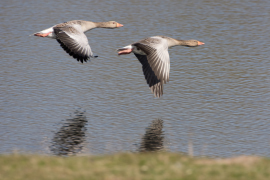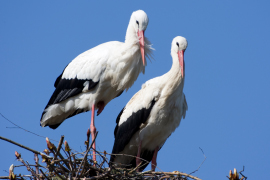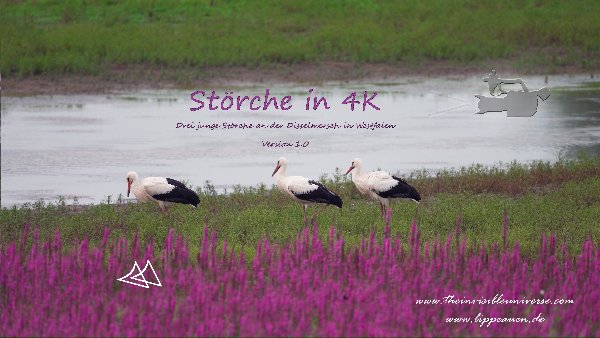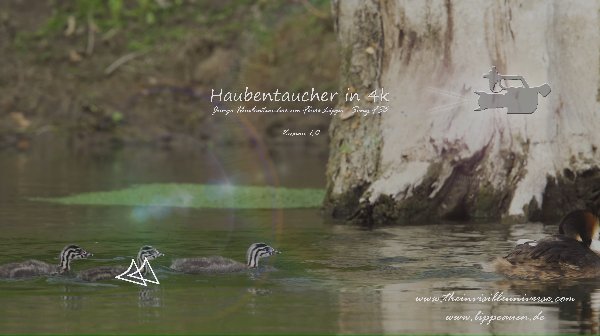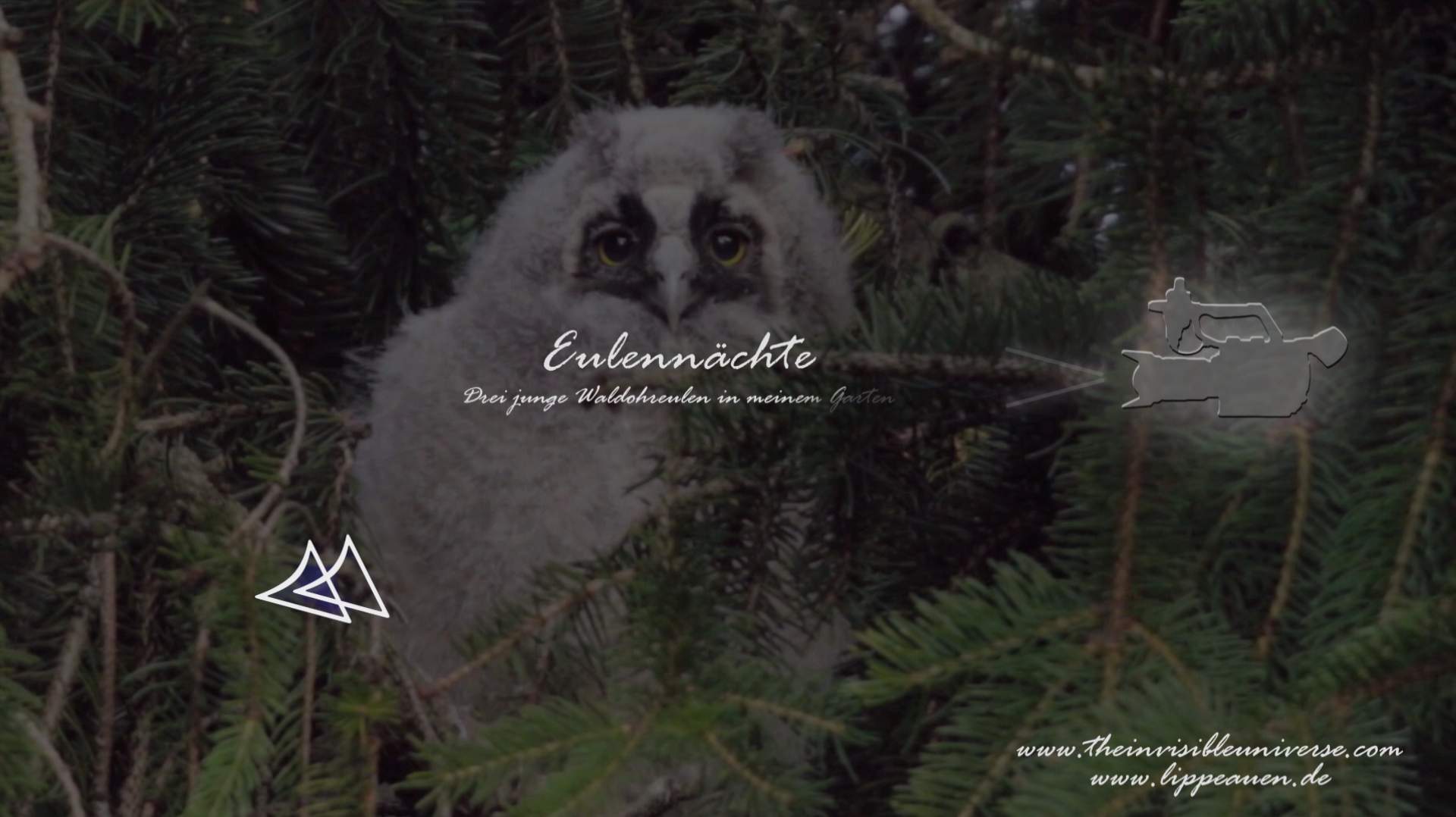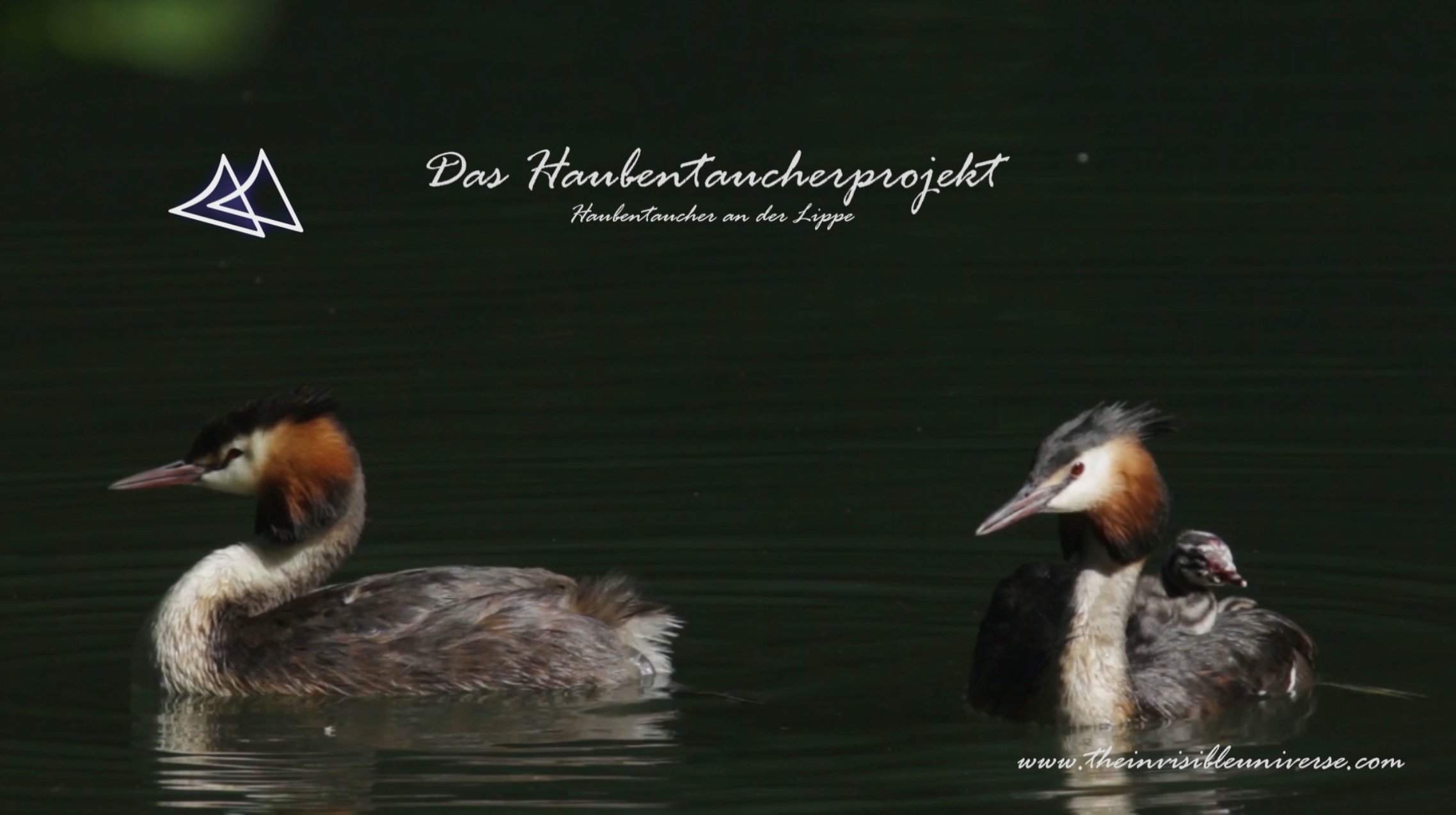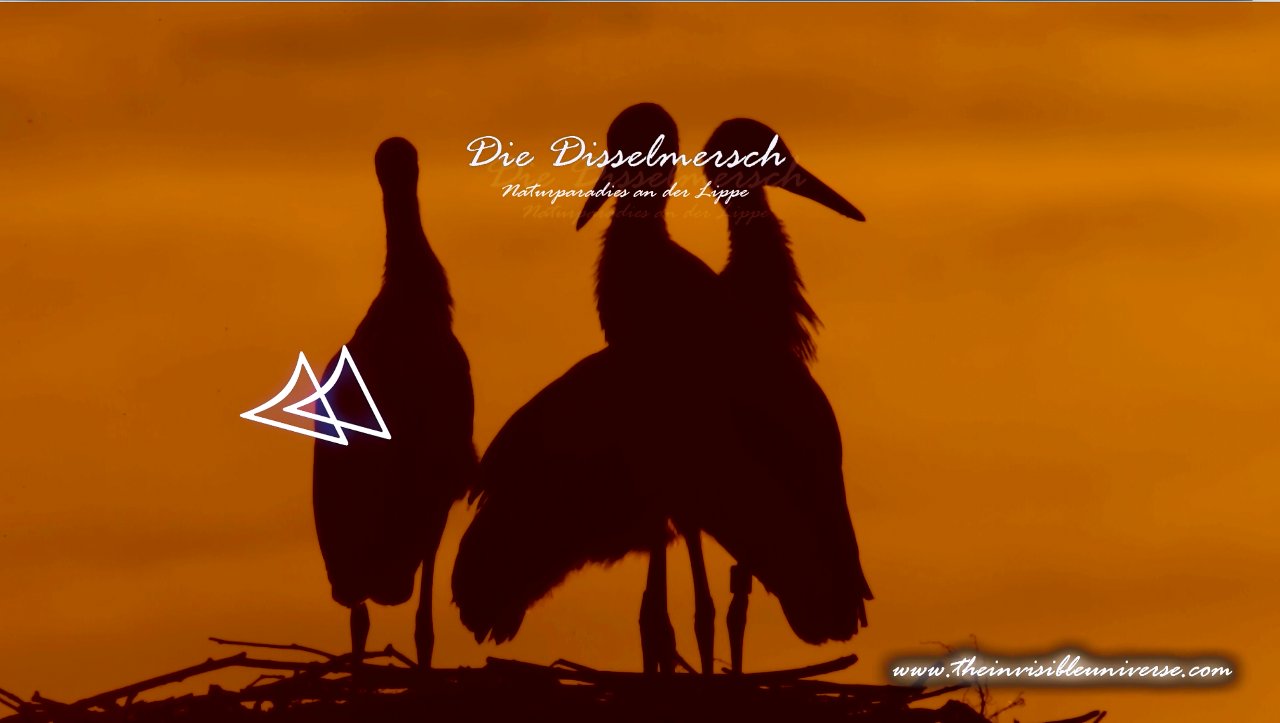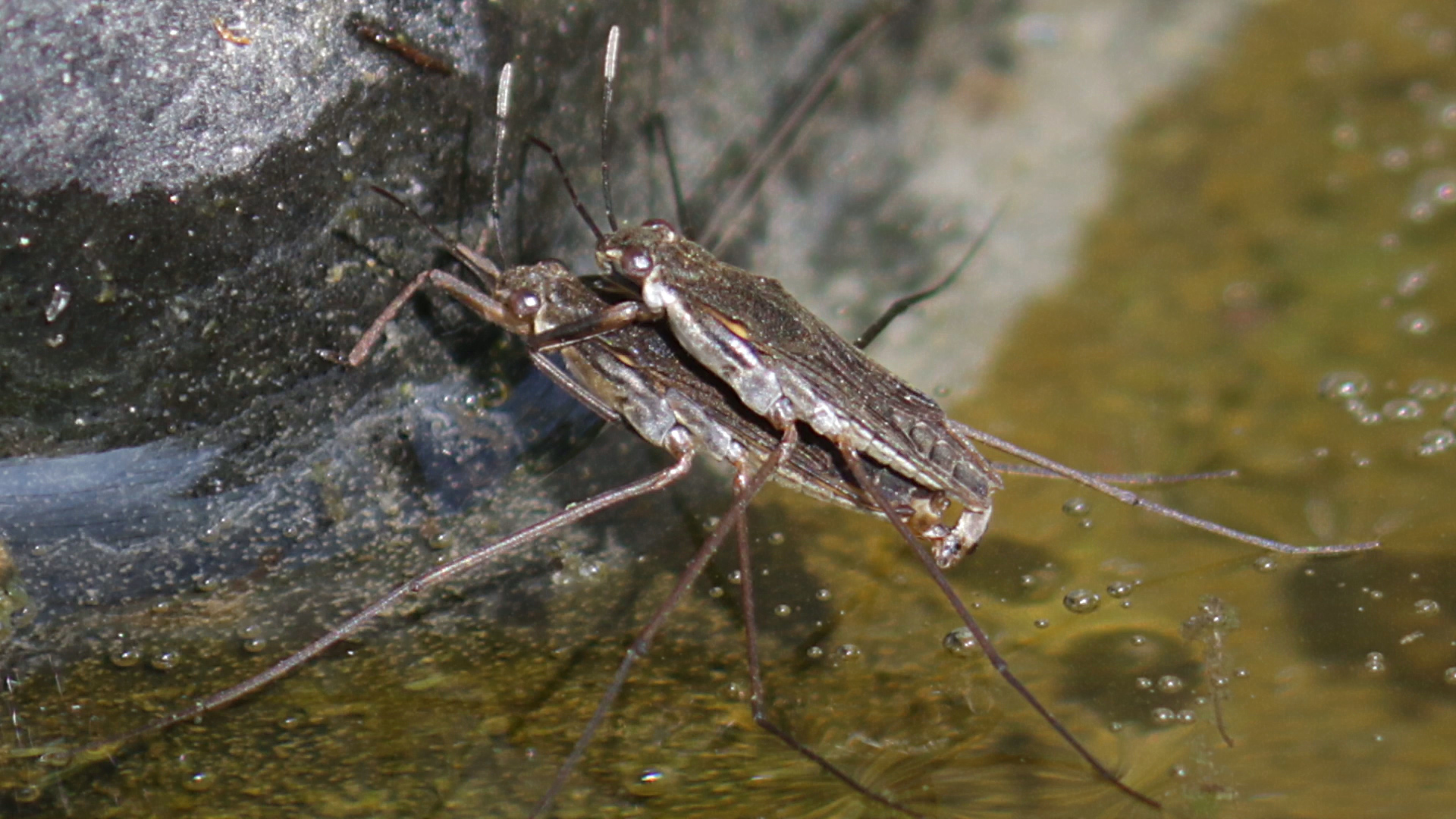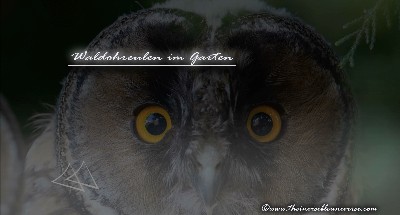- Top Links auf dieser Webpage:
Mein Youtube Kanal:
Visitors since 15.03.2009:
676030
My Videos
Here are some of my nature film and astronomy videos published on this website so far.
All my videos can be seen on my Youtube channel.
Video from 2025:
The perfect Astrograph you've probably never heard of - Deep-Sky Tour with the ASA10N
Many amateur astronomers have probably never heard of the company ASA - Astrosystems Austria. This is because they now only build professional telescopes.
But there was a glorious time when this small Austrian company built one of the best Newtonian Astrographs for amateur astrophotography. A whole line-up of Astrographs from 8 to 16", equipped with a fast premium f3.8 mirror and uncompromising mechanics that made it possible to take perfectly sharp deep-sky photos with full-frame cameras or larger. Unfortunately, these telescopes were almost unaffordable even back then - probably the reason why these jewels of amateur optics are no longer available.
Many years later, Chinese telescope manufacturers copied the ASA Astrographs - unfortunately with poor optical quality - to my great disappointment... By good luck I got a used original 10" ASA Astrograph, the ASA10N f3.8, which I have been using successfully ever since.
Last year I had the opportunity to take the ASA together with my 10micron mount to the French Alps. The Col de Restefond is one of the darkest and most remote places in Europe where you can do astrophotography, one of the last patches of wilderness in light-polluted Europe. In this short video I take you on an Astro-tour in the Alps with the ASA10N astrograph. Enjoy!
Here is the link to the video on my Youtube channel.
All my videos can be seen on my Youtube channel.
Videos from 2023:
Celestron Triple RASA11 Astrograph on the 10micron GM3000 mount
In this video I show the build process of my Celestron Triple RASA11 Astrograph.
This 350kg telescope consists of three Celestron RASA11 v1 Telescopes, each with 620mm focal length and fast f2.2 on an Italian 10micron GM3000HPS Observatory grade mount, permanently installed in my backyard Observatory.
I show the different stages of this setup, starting with the installation of the huge 10micron mount and the 120kg octagonal steel pier, through the different telescope installations to the final stage with three RASA11 Astrographs.
My garden observatory here in the Ruhr area in Germany is in a light-polluted Bortle 7 zone where you can only see the brightest stars in the sky. In order to do astrophotography there and to be able to take pictures of fainter objects, you need fast optics and very long exposure times to be able to suppress the background noise of the sky background as effectively as possible. The fast RASA optics help with this.
In addition, my goal was to have to change filters as rarely as possible. Due to the construction of the RASA Astrographs, you cannot use an electronic filter wheel, but have to change the filters manually. This is very time-consuming with R,G,B, Ha, OII, SII and Clear filters. With three RASAs, the effort is much less, especially since one of the RASAs is equipped with a ZWO ASI2600MC on-shot colour camera. Thus, per 8h night, I can collect a total of 8h colour data and 2x8h monochrome data, i.e. 24h total exposure time.
With this set-up I can take the Bortle 7 challenge!
Here is the link to the video on my Youtube channel.
All my videos can be seen on my Youtube channel.
Videos from 2023:
Astrophotography on La Palma with the 10micron GM1000HPS mount
Two times I was already on La Palma to do astrophotography and to explore the beautiful island. But it was a long time ago. The desire to visit La Palma again - this time with modern and sophisticated astrophotography equipment - was great. After two years of pandemic and many uncertainties, La Palma seemed to be a good option to spend the summer vacation 2022 there.
After long planning to rent astrophoto equipment from the ATHOS Star Campus in Las Tricias and thorough research regarding suitable Fincas near Puntagorda, I went to Isla Bonita for 14 days during the new moon phase in August 2022. Unfortunately the weather played caprioles. After initial rain - in August on La Palma a rarity - then came the Calima with hot temperatures and high clouds, which covered the whole island. This made the ambitious astro program more difficult.
The rented finca south of Puntagorda was almost ideal as an astro observing site. The beautiful terrace tiled with natural stones offered a passable view to the southern sky despite some high trees. The view to the Atlantic Ocean 500m below was terrific! On seven days I had rented a 10micron GM1000HPS plus Aries tripod and powerbox from the ATHOS Star Campus.
In addition I had brought my Image Train with A&M TMB LZOS 115/805 APO, the large M82 Riccardi Reducer and ASI6200MM camera and filter wheel in the flight luggage. I had to book 30 kg of additional luggage at high cost to be able to transport a total of three suitcases plus hand luggage with Condor. The entire equipment is very similar to the mobile astrophoto setup I use at home, so that I had very quickly set up a working system.
This short video summarizes my astrophoto journey to La Palma and gives a quick inside of the veritable 10micron GM1000HPS mount.
Here is the link to the video on my Youtube channel.
10micron GM3000 HPS - Unboxing, Installation and Test
With a payload of 100kg and high precision encoders on both axes, the 10micron GM3000 HPS German equatorial mount is currently the ultimate observatory mount for the amateur astrophotographer.
"HPS means “High Precision and Speed” and is the name for the new series of astronomical mounts by 10micron. The HPS mounts feature two high-precision absolute encoders mounted directly on each axis to ensure unprecedented pointing and tracking accuracy, and high performance servo motors and drivers for high speed pointing."
When I first saw the GM3000 at the Astro Trade Show ATT here in Essen, Germany, right next to the GM2000 HPS, I thought to myself: this is the perfect observatory mount - larger than the GM2000 for more payload, but not as exceptionally large as the GM4000, which is massively oversized for most amateurs. But at that time this was still a long way off for me and I was satisfied with my GM2000QCI, which for a long time was the measure of all things for astronomical mounts. But with the years, the telescopes grow - an experience that probably many astronomers make - and so do the ambitions. And since one is not getting any younger, at some point the thought came to finally stop playing and start working seriously - after all, life time is limited.
However, I have to admit that my small home observatory is not the best place on earth to observe stars. Here, in the northern part of the Ruhrgebiet, one of the largest metropolitan areas in Europe, it does not get dark at night. Under a Bortle 7 sky you can hardly observe visually and astrophotography is possible only with many tricks - and quite sure not on a world class level. Is it still worth investing a lot of time and money in such an equipment and hobby? Well, the simple answer I have found for myself is: here I am at home and here I want to get the best out of it!
So let's get started with unboxing and setting up the GM3000!
Here is the link to the video on my Youtube channel.
Video from 2022: Out in the Dark II- Astrophotography at the Silvretta High Alpine Road
During the Corona Summer of 2020 and 2021, I was unable to travel to distant destinations because almost the entire world was in lockdown. So I explored the Alps in several excursions with my mobile astrophotography equipment and searched for suitable observing sites. The observation place Bieler Höhe at the Silvretta High Alpine Road in Austria is my personal favourite for two reasons: It is the easiest alpine pass road to reach from Germany with good visibility conditions for astronomy, and you have enough infrastructure to spend a few days there.
I made numerous timelapse and nightscape shots and recorded Deep Sky targets for many nights with my mobile astro imaging rig. In this short video I have summarize my results and give some information of the observation site. The deep sky photos were edited in 3D layers to make a moving star field animation. Hope you enjoy!
Here is the link to the video on my Youtube channel.
Out in the Dark - Astrophotography in the French Alps
The rainy summer of 2021 in Europe prompted me to head for the Col de Restefond in the French Alps in early July, as the weather outlook was poor for the rest of the Alps during the new moon phase in July. And indeed, in about 7 days I was able to take advantage of 5 clear nights to observe and photograph the southern Milky Way. Two days with bad weather I used for a short trip to the French Riviera. For an amateur astronomer from West Germany, this is a long drive. A good 1200km each way had to be covered in one and a half days. A high effort and consumption of resources, which is only worth if the conditions are really right and the weather is good. The Parc national du Mercantour is quite remote and far away from highways, so that the approach over several mountain passes consumes a lot of time. However, one is rewarded with a beautiful ascent to the 2800m high Col de Restefond and Cime de la Bonnette. The high alpine vegetation, the breathtaking mountain scenery and the dark night sky make up for the long drive.
For more information please go to my Deep Sky Astro Gallery.
Here is the link to the video on my Youtube channel.
Imaging the Eagle Nebula - Astro excursion with my imaging rig
In June 2021 I used a period of several days with clear skies for an Astro excursion to a dark location to the so called Haarstrang in North Rhine Westphalia with good visibility of the southern sky to image Messier 16, the Eagle Nebula in the constellation of Serpens. On three days I collected enough data despite the very short nights in June here in Germany and made a short video of the results and some timelapse movies.
For more information please go to my Deep Sky Astro Gallery.
Here is the link to the video on my Youtube channel.
The Moon through my Telscope
In this little video I have taken videos of the waxing and the full moon with my Celestron C11 XLT Schmidt-Cassegrain to create high resolution panoramic images of the moon. Additionally, I also took a RGB color image of the full moon to enhance the colors of the otherwise so pale grey moon. I have added dynamic labels of surface structures like mare, craters and mountains.
For more information please go to my Deep Sky Astro Gallery.
Here is the link to the video on my Youtube channel.
Video aus 2020: Tanzania in der Regenzeit
In January 2020, I visited Tanzania as part of a guided tour. I hired a Toyota Landcruiser and two experienced local guides to travel to the Serengeti and the Ngorongoro Crater. This was the first time I wasn't driving myself, unlike my other trips to Africa. I expected to be in Tanzania at a pretty good time in the low season, well before the start of the rainy season, which normally starts at the end of February. But this time everything was different. It was already raining a lot in Tanzania at the beginning of January, and during my visit the conditions worsened considerably. Many roads were flooded, houses and hotels were under water - and the national parks and nature reserves such as the Serengeti and the Ngorongoro Crater were also badly affected. In this video I have compiled the film material from several cameras during the trip through the Ngorongoro Crater and the Serengeti. Unfortunately, some clips are quite shaky due to the bumpy roads. Sorry.
The Ngorongoro Crater and the Serengeti are truly natural wonders. I wish I had had more time to enjoy the nature and wildlife in better weather conditions. Maybe in the distant future...
I have put together three more parts with impressions from the Serengeti and Arusha National Park - Shurtcuts Tanzania.
Part 1: Mud and Water in Ngorongoro
Here is the link to the video on my Youtube channel.
Part 2: Mud and Water in the Serengeti
Here is the link to the video on my Youtube channel.
Part 3: Shortcuts Tanzania - The Serengeti Plains
Here is the link to the video on my Youtube channel.
Part 4: Shortcuts Tanzania - Central Serengeti
Here is the link to the video on my Youtube channel.
Part 5: Shortcuts Tanzania - Arusha National Park
Here is the link to the video on my Youtube channel.
Video aus 2019: Graureiher in 4K - Junge Vogelpunks am Ümminger See
18 Monate lange habe ich Graureiher am Uemminger See in Bochum und an anderen Orten wie dem Naturschutzgebiet Disselmersch gefilmt. Herausgekommen ist diese Naturdoku über die Aufzucht junger Graureiher. Auf einigen unzugänglichen Insel auf kleinen Seen im Süden der Ruhrgebietsstadt Bochum gibt es mehrere recht große Graureiherbrutkolonien. Vom anderen Ufer aus kann man direkt in die Nester blicken, ohne die Tiere zu stören.
Here is the link to the video on my Youtube channel.
Botswana 2018: Moremi Game Reserve im Okavango Delta und Chobe Nationalpark
Das Moremi Game Reserve ist der mit dem eigenen Fahrzeug zugängliche Teil des Okavango Deltas in Botswana. Auf einer Self-Drive Safari habe ich mit meiner Canon C200 Cinema Kamera aus dem Fahrzeug heraus einige Eindrücke von diesem faszinierenden Wildreservat in 4K Auflösung aufgenommen. Das Video kann auch auf meinem Youtube Channel angeschaut werden.
Der Chobe Nationalpark in Botswana ist bekannt für seine Elefanten. Aber auch viele andere Wildtiere sind dort zu finden. Dieses Video habe ich bei einer Self-Drive Safari aus meinem Geländewagen heraus mit einer Canon C200 Cinema Kamera in 4K aufgenommen und kann auch auf meinem Youtube Channel angeschaut werden.
Botswana 2018: Leoparden im Chobe Nationalpark
Im Chobe Nationalpark ist die Chance gut Leoparden auch bei Tag zu erspähen. Die sonst nachtaktiven Jäger verstecken sich tagsüber in Bäumen. Durch einen glücklichen Zufall konnte ich eine junge Leopardenfamilie mit Alttier und zwei Jungtieren finden. Sie saßen unter bzw. in einem Baum direkt am Flussufer des Chobe River. Ein gerissenes Impala lag hoch im Baum. Die Szenerie habe ich aus meinem Geländewagen mit einer Canon C200 Videokamera in einem 4K-Video festgehalten und kann auf meinem Youtube Channel angeschaut werden.
Die Victoriafälle in Zimbabwe
Die berühmten Victoria Fälle an der Grenze zwischen Simbabwe und Sambia, hier auf der Seite von Simbabwe. Solche tosenden Wassergewalten habe ich vorher nur an den Niagara Fällen in den USA gesehen. Hier an den Victoria Fällen, wo der Sambesi in die Tiefe stürzt und in einer engen Schlucht weiter zum Meer fließt, ist im Gegensatz zu den Niagara Falls rundherum noch Natur und Grün. Nach dem Frühjahrshochwasser führt der Sambesi enorme Wassermassen, und die hochgeschleuderte Gischt spritzt alles in der Nähe nass. Meine Kameras bekommen auch eine Dusche ab, aber die robuste Canon-Profitechnik hält.Ein kurzes Video über meinen Besuch an den Victoria Fällen kann auf meiner Youtube-Seite angeschaut werden! Gefilmt wurde das Video mit der Canon C200 in 4K.
Video aus 2018: Störche in 4K - Drei junge Störche an der Disselmersch
Eine Naturdokumentation über zwei Weißstörche und ihren Nachwuchs im Naturschutzgebiet Disselmersch an dem Fluss Lippe im Ostwestfälischen Lippborg. Eine Saison lang habe ich in 2017 die Weißstörche an der Disselmersch beobachtet und in 4K gefilmt, um Brut und Aufzucht der drei jungen Weißstorchküken zu dokumentieren.
Das in dieser von Landwirtschaft geprägten Region herausragende Naturschutzgebiet ist seit einigen Jahren ein Anziehungspunkt von Wasservögeln und naturinteressierten Photographen gleichermaßen. Resultat dieses Videoprojektes sind hochauflösende 4K-Aufnahmen dieser majestätischen Vögel.
Here is the link to the video on my Youtube channel.
Haubentaucher in 4K - Sony FS5
Nachdem ich mehrere Jahre lang Haubentaucher beobachtet und in Full-HD gefilmt hatte, konnte ich in 2016 mit meiner damals neuen Sony FS5 E-Mount Videokamera endlich auch Aufnahmen dieser schönen Vögel in 4K erstellen.
Die Haubentaucher hatten am Flussufer des Flusses Lippe nahe der Stadt Lippstadt und dem Naturschutzgebiet Disselmersch gebrütet und vier Junge bekommen.
Mit 1000mm Brennweite und der Sony FS5 E-Mount Videokamera habe ich das Brutgeschehen und die Aufzucht der Jungen in Ultra-HD vom gegenüberliegenden Flussufer filmen können, ohne die Vögel zu stören. Die Filmaufnahmen haben von März bis September 2016 gedauert, und das anschließende Schneiden, die Audiobearbeitung und die Musik fast ein ganzes Jahr!
Here is the link to the video on my Youtube channel.
Eulennächte: Drei junge Waldohreulen
Im Sommer 2016 habe ich wieder das Glück gehabt junge Waldohreulen in meinem Garten filmen zu können. Zu Einsatz kam diesmal die Sony FS5 Videokamera. Here is the link to the video on my Youtube channel.
Das Haubentaucherprojekt
Zwischen März 2015 und März 2016 habe ich einige Haubentaucher und deren Brut und die Aufzucht ihrer Jungen aus nächster Nähe an den Lippeauen filmen können. Mit der Erfahrung und dem Wissen über die Brutplätze aus meinem vorhergehenden Video über die Balz der Haubentaucher in 2014 konnte ich in der Saison 2015 gezielt Aufnahmen aus der Kinderstube der Haubentaucher machen, ohne diese zu stören. Zum meinem Haubentaucherprojekt: Here is the link to the video on my Youtube channel.
Die Disselmersch - Naturparadies an der Lippe
Die Disselmersch ist wohl der beste Platz an der Lippe um ganzjährig diverse Vogelarten wie z.B. den Weißstorch, Reiher, Kraniche, Grau-, Saat- und Blässgänse, Brachvögel und eine Vielzahl von Enten aus einer geschützten Hütte beobachten zu können. Viele Naturinteressierte aus Hamm und Umgebung kommen regelmäßig an die Disselmersch zur Vogelbeobachtung. In diesem Video gebe ich dem interessierten Zuschauer einen Einblick in die Vielfalt der Vogelwelt an der Lippe. Zum meinem Video über die Disselmersch: Here is the link to the video on my Youtube channel.
Video: Mein kleiner Gartenteich
Ein etwas ungewöhnliches Projekt hat mich 2014 beschäftig: mein kleiner Gartenteich! Ein Universum für sich wenn man sich die Mühe macht genau hinzuschauen!
Here is the link to the video on my Youtube channel.
Video: Waldohreulen in meinem Garten
Here is the link to the video on my Youtube channel.
